Art and culture have always played a significant role in the all-round development of students. It helps them develop a wider perspective of different histories and cultures across the world. Traditional methods for learning about art were limited to visiting museums, reading books, attending art exhibitions and physical workshops.
Today, this has changed due to digital learning and virtual setups. The Internet has made art and cultural education more easily accessible to all. For instance, students in India can learn about Impressionist painting techniques from an expert in Italy, while someone from the East Asia can learn about Indian dance forms. These interactions offer unlimited opportunities for cross cultural exchange.
Beyond physical surroundings
As students grow older, their external and internal pressures mount, leaving them with little time for art and cultural classes. Currently, most institutions have neither the financial strength nor trained teachers to make multiple options available to students. Virtual classes open up a wide range of opportunities to take on a hobby or pursue as a skill. For example, a student from India can blend the sound of the tabla with an African instrument to create a unique melody. Virtual classes allow the flexibility for students to access them in real time or recorded sessions later at their convenience.
One of the biggest challenges in traditional art education was the heavy focus on theory. Virtual classrooms, however, make learning more engaging by integrating modern digital tools such as live demonstrations where students can ask questions and receive real-time feedback. Today, AI has made it possible to experience tours of temples, museums and galleries sitting in the comfort of one’s home.
Challenges
However, virtual interactions do have a few drawbacks. Usually teaching and learning art is a very personal and hands-on experience. A student of classical dance, for example, is guided by a teacher over many years in perfecting the art form. This experience is missed in virtual learning and teachers may also find it challenging to teach without in-person interactions to provide corrective feedback.
Another challenge is the digital divide. Not all locations have high-speed internet and many students might face technical glitches or audio disturbances. One more aspect is the lack a structured classroom setup, which gives a focused environment and discipline. Further, physical classes allow peer interaction, which helps learning. Lastly, virtual classes may not give students the kind of engagement that physical art classes provide. The spirited energy, the collaborative environment, and the vibrancy of a physical classroom may be absent in a virtual setup.
However, virtual classes can help promote collaborations, community building, and joint ventures that help in broaden artistic perspectives and encourage innovation. As technology continues to evolve, virtual classrooms will play a prominent role in shaping the future of art education. With advancements in AI-powered art tools, interactive 3D models, and immersive virtual exhibitions, learning art will become more dynamic and accessible than ever before.
The author is Co-Founder, Routes 2 Roots.

 6 hours ago
1
6 hours ago
1

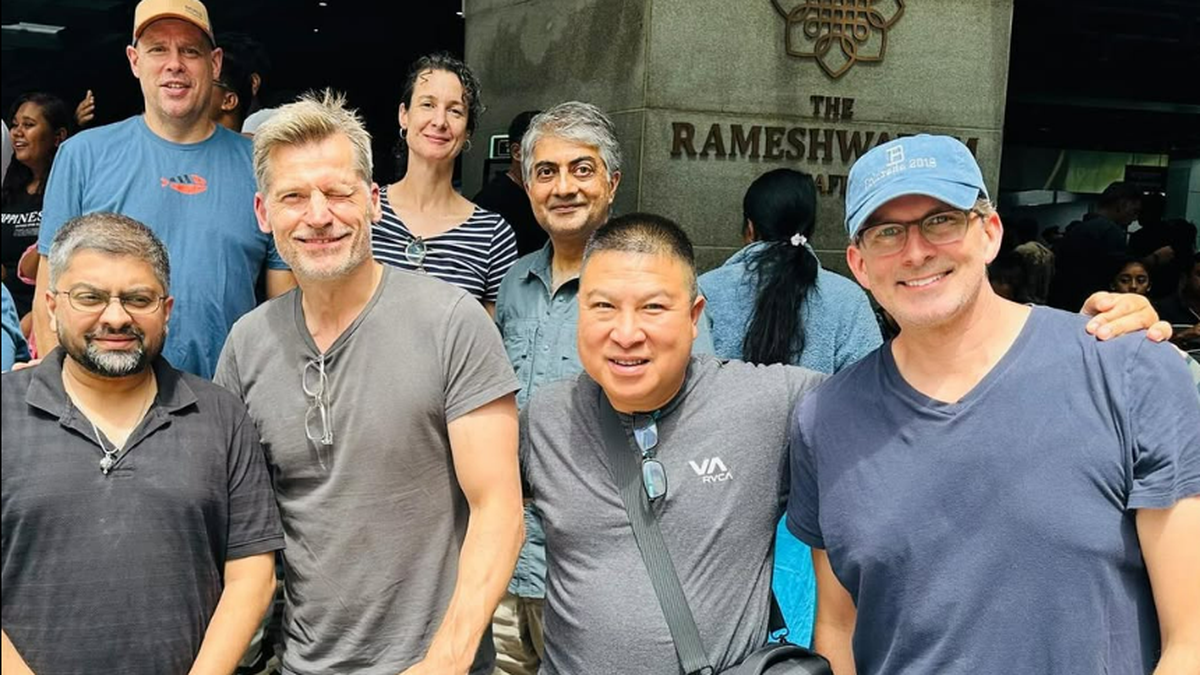
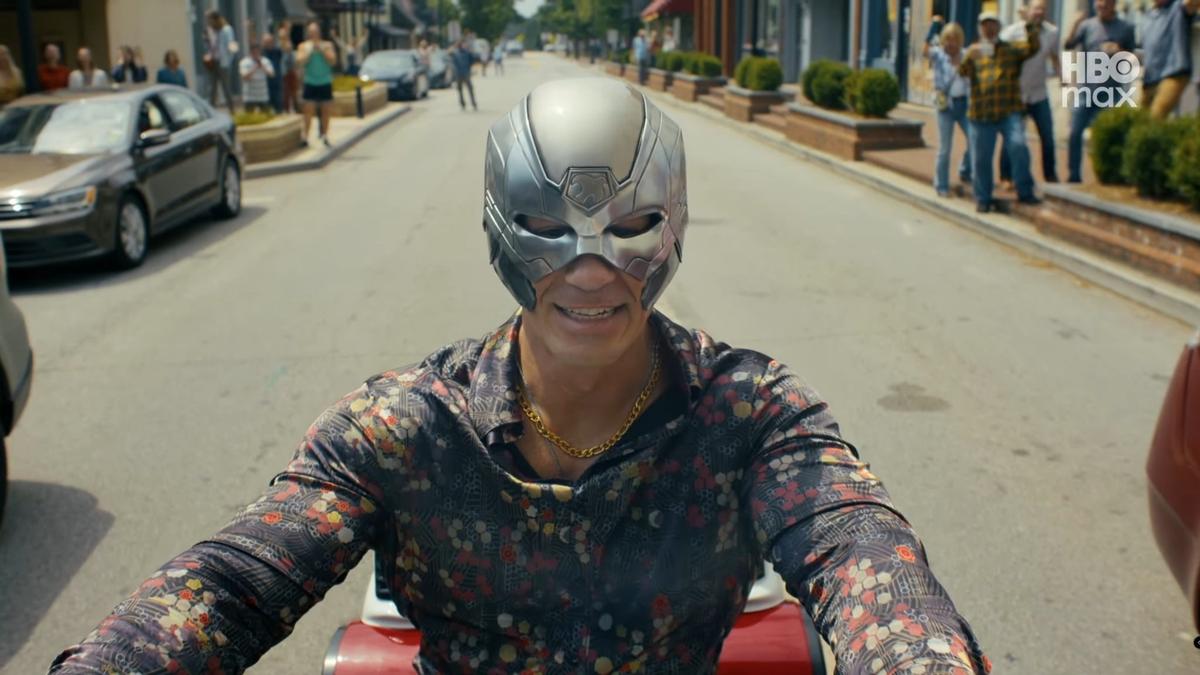
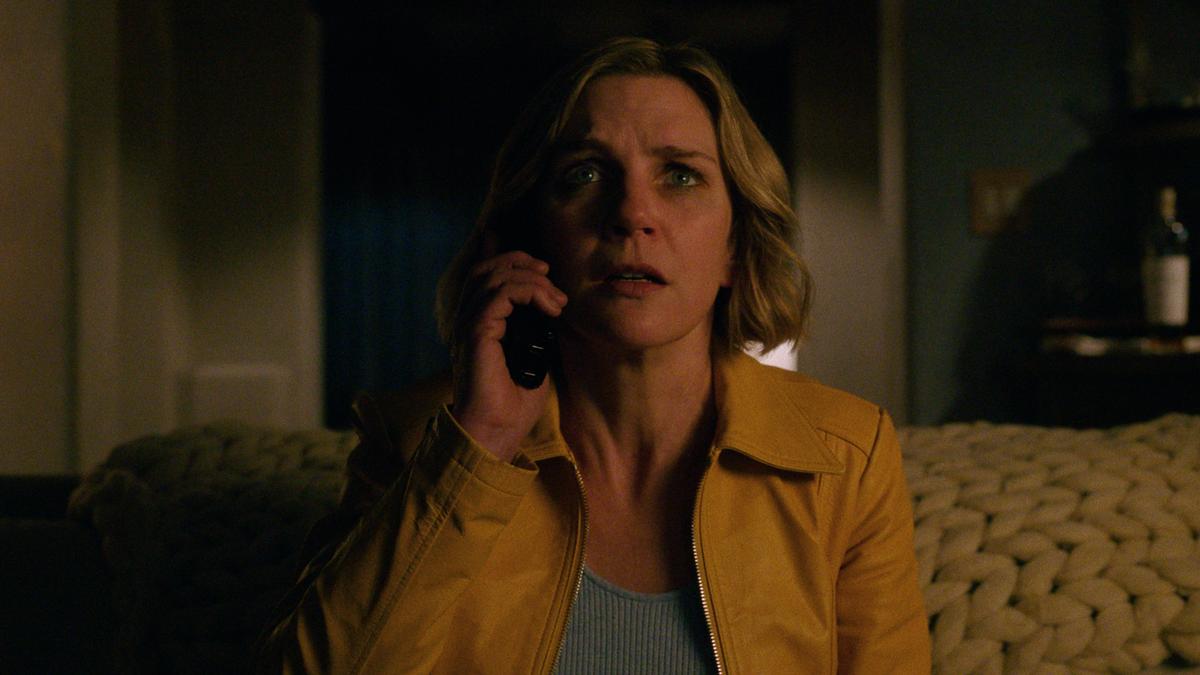

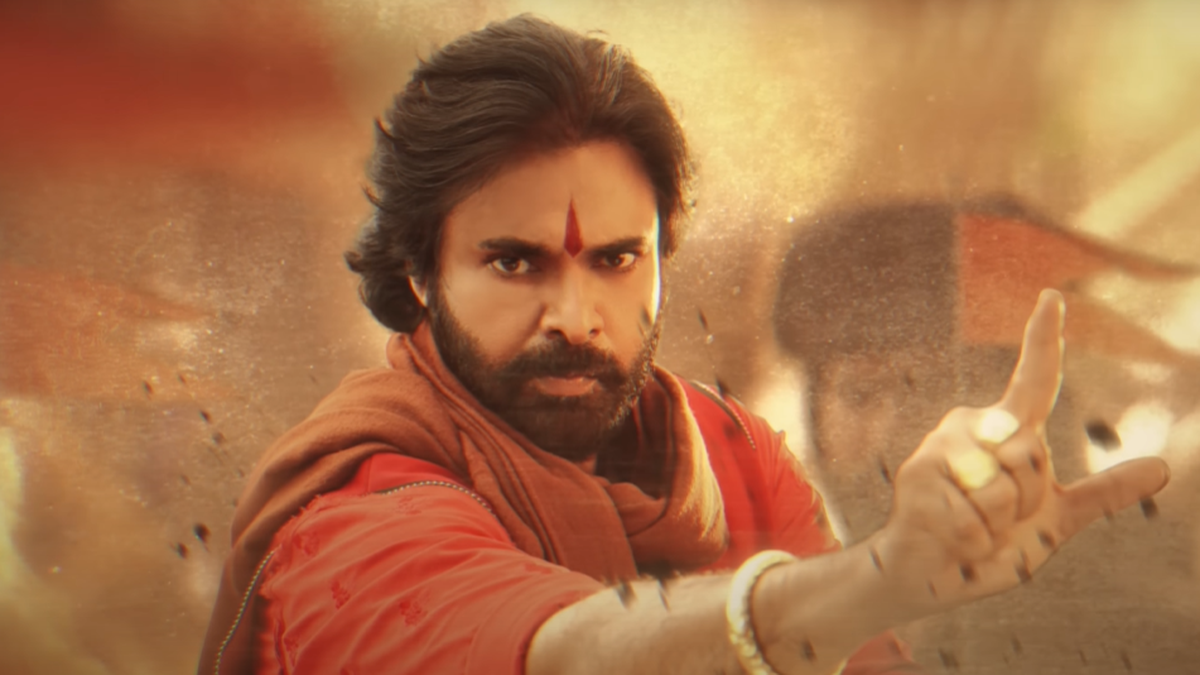

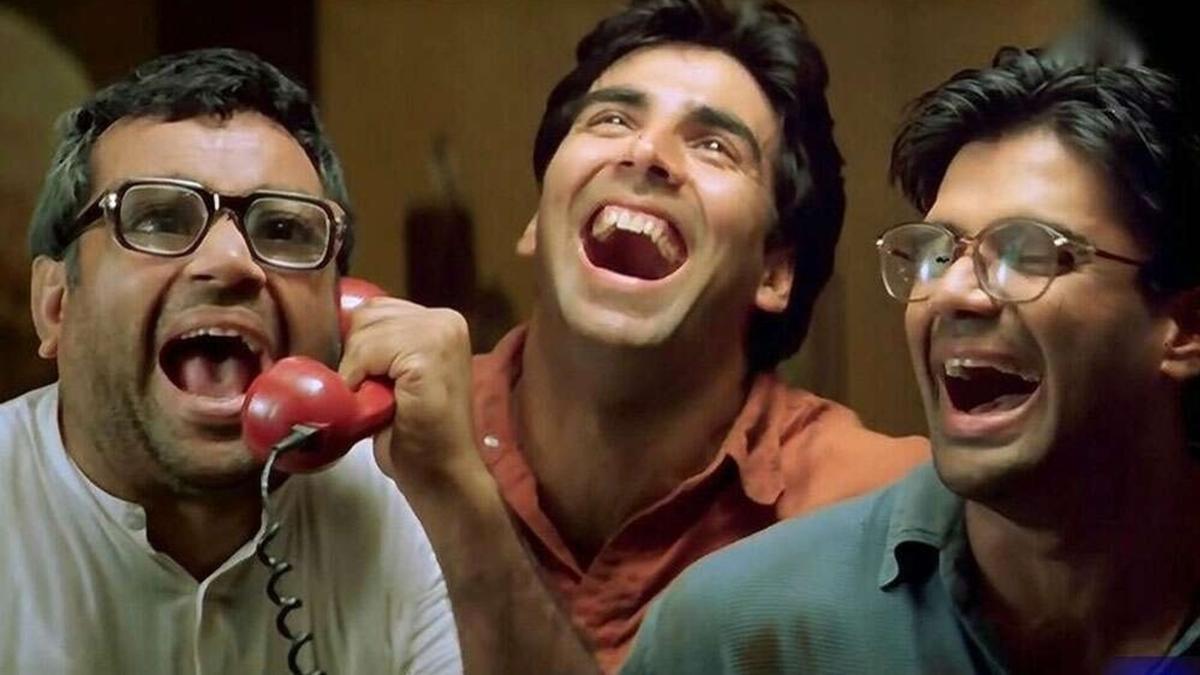
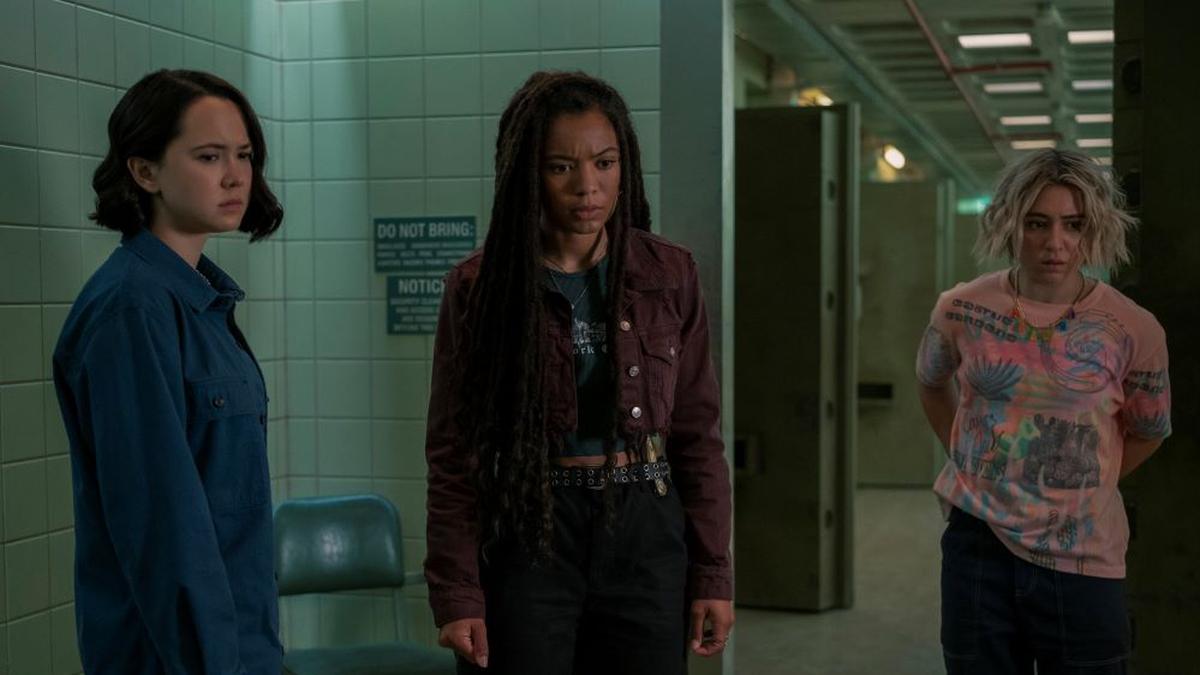













 English (US) ·
English (US) ·